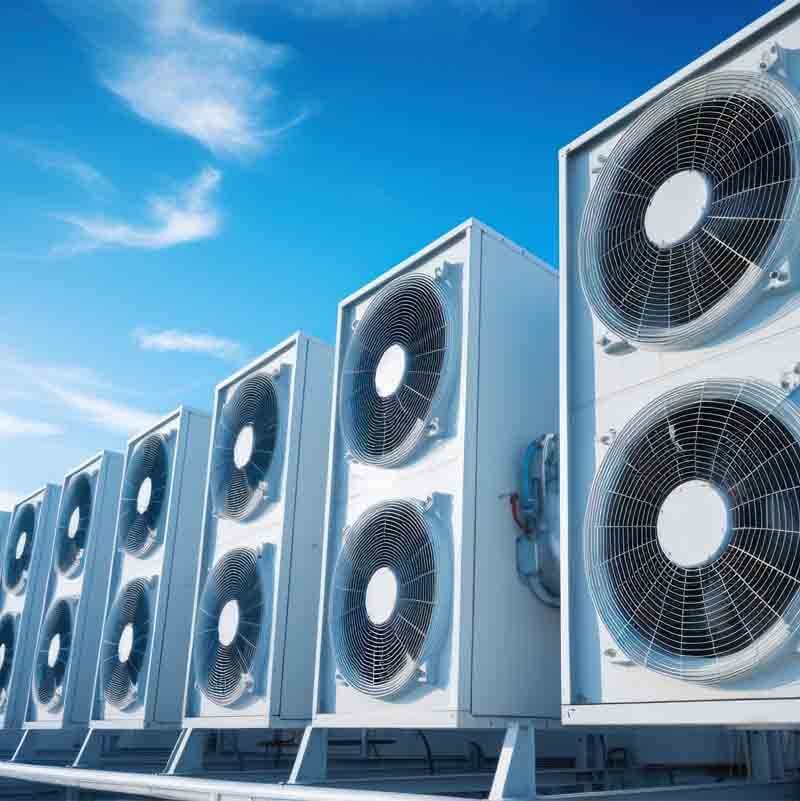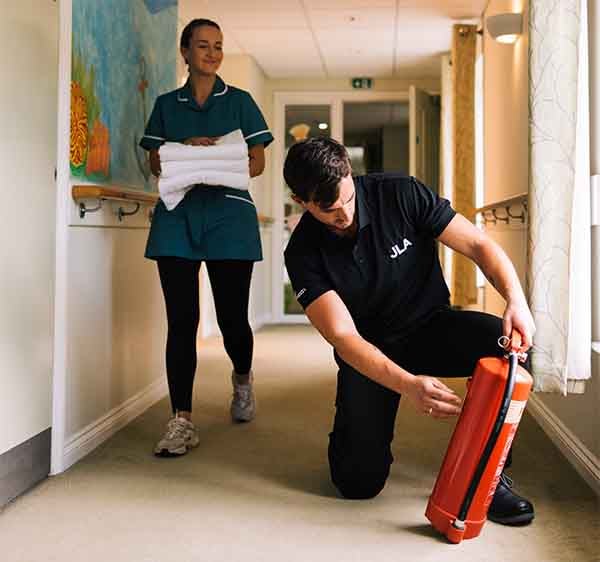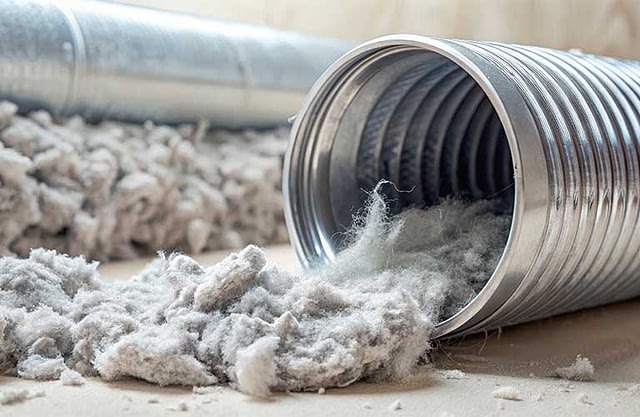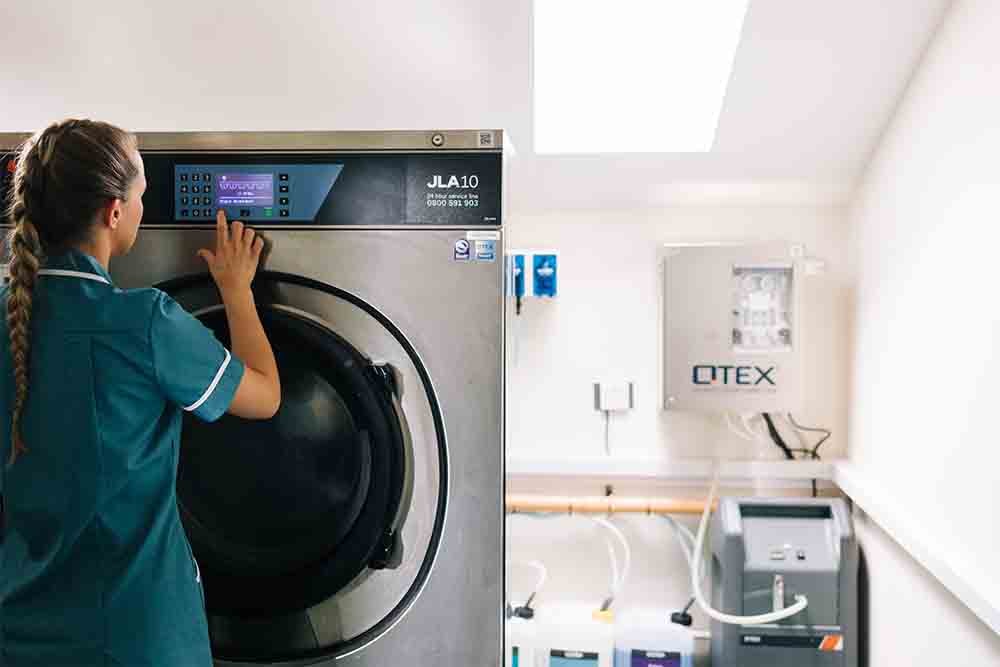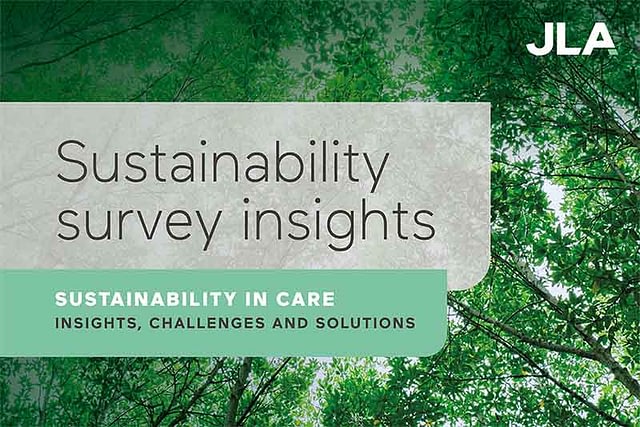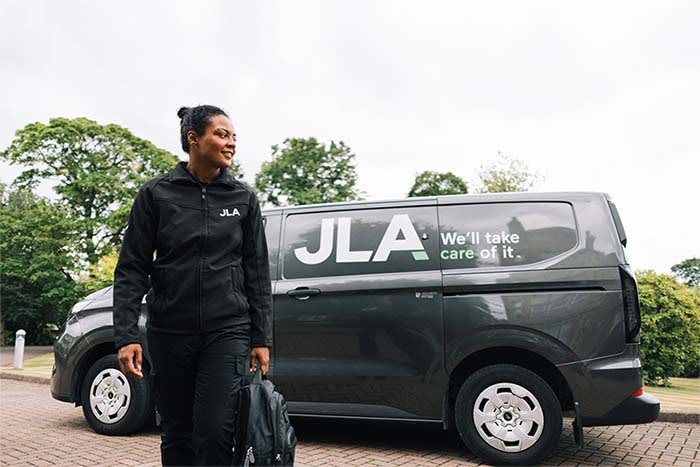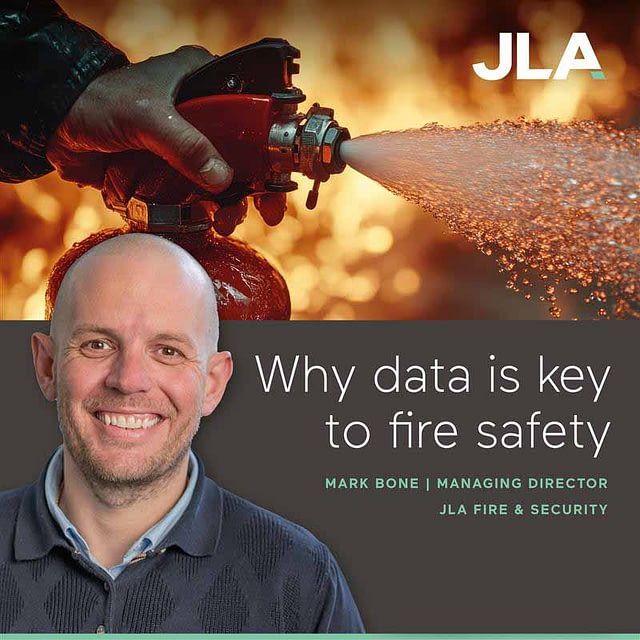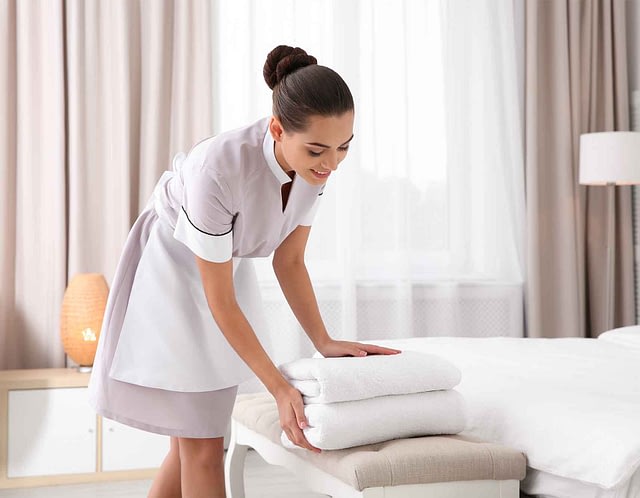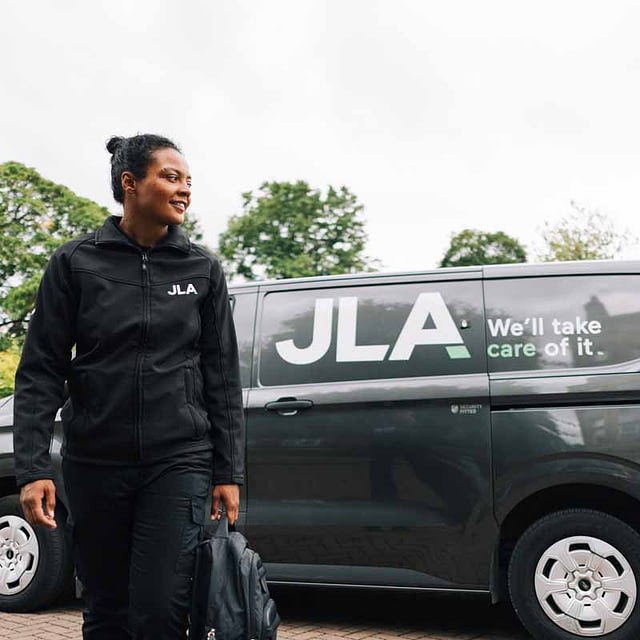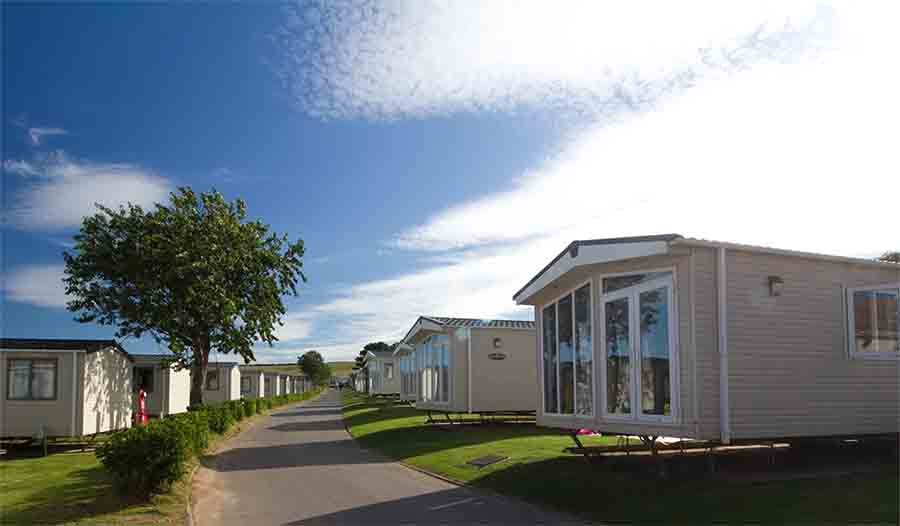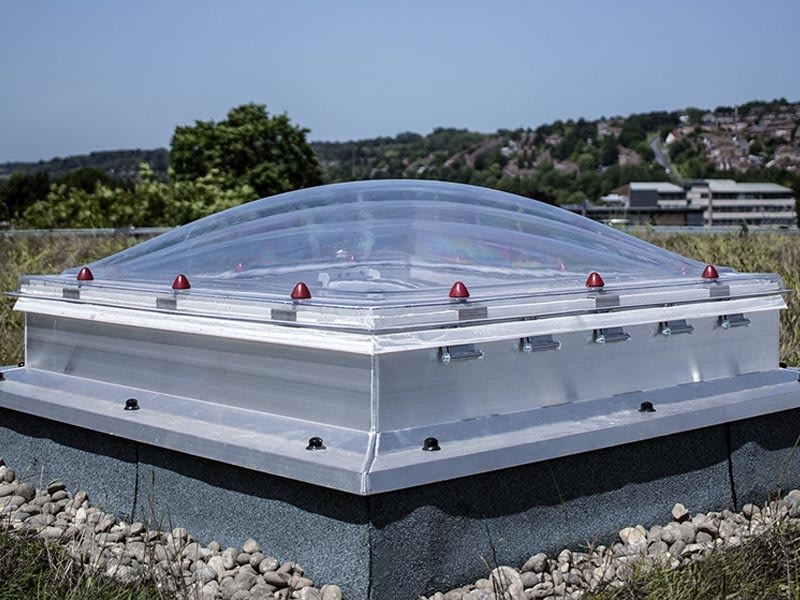In recent years, rental and subscription packages have become an increasingly popular way for organisations to invest in newer, more energy-efficient equipment without having to make large upfront payments.
Through JLA Total Care – our unique, all-inclusive package – this model extends to commercial heating systems for businesses, which can significantly improve heating performance while giving managers peace of mind that their essential servicing and repair needs are covered.
We take a look through the benefits and explain how you could offset your monthly cost while enjoying a reduction in energy bills and maintenance fees.
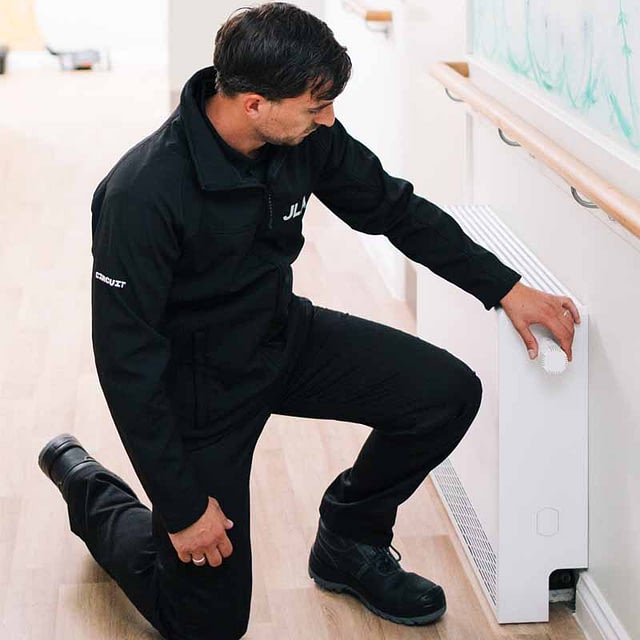
Upfront costs vs efficiency gains
Every business owner knows that buying a new commercial boiler is a big financial investment, especially when you’re looking at larger-capacity models or need multiple systems for your site. Such high upfront costs can make those decision-makers hesitant to replace older systems, especially if their existing boiler is still working.
However, next generation boilers use significantly less gas to operate, which will likely lead to a long-term reduction in energy bills. And it’s this effect on running costs – not to mention less maintenance and improved uptime – that can quickly offset purchase costs.
However, it’s also worth noting that a more efficient boiler might not deliver meaningful savings if the building it heats is poorly insulated, or demand on it is low. For this reason, we’d always recommend reviewing your existing insulation – particularly if you’re working in an older property, such as a Victorian building.
Equipment rental or leasing, on the other hand, gives you the opportunity to avoid paying the upfront costs associated with the investment, while still benefiting from reduced energy usage and those lower resulting costs.
Improving support – and peace of mind
Faulty boilers can quickly become extremely problematic for businesses. Whether it’s a restaurant being forced to temporarily shut down, or a care home with responsibilities for vulnerable residents that can’t simply afford to manage extended downtime, the stakes can often be higher than we realise – which makes maintenance and breakdown support critical.
A rental agreement like Total Care, which includes guaranteed support, will not only keep critical systems running smoothly, but will prevent you having to shell out for costly repeat repairs. In turn, you’ll enjoy much less operational disruption and real peace of mind that, should the worst happen, you’re covered.
JLA’s 450 expert engineers are available 24/7, 365 days a year. And with a rapid response time, you can count on them be there when you need them.
Keeping you safe and compliant
Another big advantage to rental agreements for commercial heating systems is the help you’ll get to keep your equipment running safely, in line with all relevant UK regulations.
Under the Gas Safety (Installation and Use) Regulations 1998, servicing commercial boilers along with a gas safety check in the UK is a legal requirement, which is why Total Care includes scheduled servicing, annual gas safety checks, and all necessary paperwork.
Environmental compliance
Efficiency standards are getting tougher. The 2025 revision to Approved Document L introduces stricter energy efficiency standards for both new and existing commercial buildings, which you’ll need to comply with.
The minimum seasonal efficiency for gas boilers is now set at 93% for units under 2MW, and 88% for those over 2MW. All new and replacement heating systems should include advanced controls to improve operational efficiency.
Buildings must be also designed to be ‘zero carbon ready’, meaning they can transition to low-carbon heating without further retrofitting being needed.
While purchasing and renting boilers can improve your organisation’s environmental performance, renting equipment – and having nothing to pay upfront – will get you on this essential pathway much sooner.
What about air conditioning?
Many of the benefits for renting boilers also apply to commercial air conditioning systems. And because the latest generation of air-con units are capable of heating spaces, too, they’re becoming an increasingly popular option for customers looking for year-round flexibility without reliance on gas systems.
Why choose JLA?
As experts in end-to-end commercial heating solutions, JLA can support your transition to newer, more efficient heating.
- Full system design customised to your building’s specifications
- Range of alternative technologies including hydrogen ready boilers and heat pump systems
- Fully accredited by Gas Safe Register
- Through Total Care, we’ll take care of everything with no upfront costs
To book your technical consultation and free site visit with a JLA heating expert, please contact us today.

